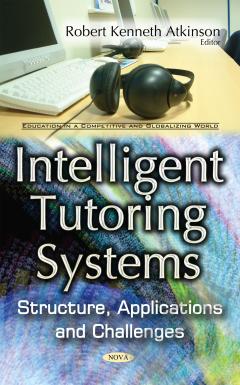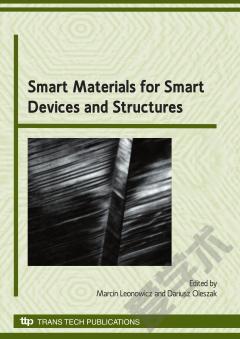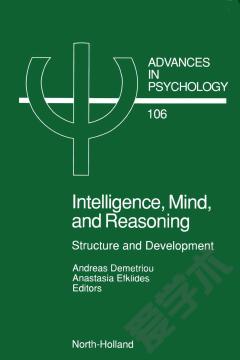Smart Buildings, Smart Communities and Demand Response
This book focuses on near-zero energy buildings (NZEBs), smart communities and microgrids. In this context, demand response (DR) is associated with significant environmental and economic benefits when looking at how electricity grids, communities and buildings can operate optimally. In DR, the consumer becomes a prosumer with an important active role in the exchange of energy on an hourly basis. DR is gradually gaining ground with respect to the reduction of peak loads, grid balancing and dealing with the volatility of renewable energy sources (RES). This transition calls for high environmental awareness and new tools or services that will improve the dynamic as well as secure multidirectional exchange of energy and data. Overall, DR is identified as an important field for technological and market innovations aligned with climate change mitigation policies and the transition to sustainable smart grids in the foreseeable future. Smart Buildings, Smart Communities and Demand Response provides an insight into various intrinsic aspects of DR potential, at the building and the community level.
{{comment.content}}








 京公网安备 11010802027623号
京公网安备 11010802027623号